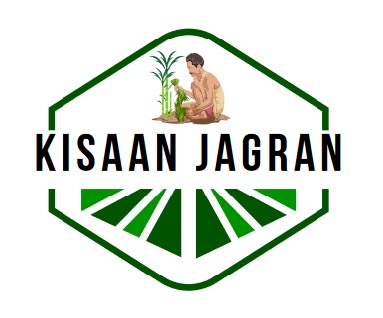
Important Questions
|
Wild Life and Forest Conservation
1. The animal, which become extinct from India:
(a) Tiger (b) Cheetah
(c) Indian Desert Bustard (d) Snow Leopard
Ans. B
2. In India, Sal and Teak are planted in the forest area of:
(a) 33% (b) 23% (c) 13% (d) 03%
Ans. C
3. MAB programme of UNESCO was launched in:
(a) 1986 (b) 1975 (c) 1981 (d) 1971
Ans. A
4. The percentage of land mass in India under forest cover is:
(a) 19% (b) 17% (c) 23% (d) 33%
Ans. C
5. “Valley of Flower” found in:
(a) N. W. Himalayas (b) Satpura Hills
(c) N. E. Himalayas (d) Nilgiri Hills
Ans. A
6. Number of national parks and sanctuaries selected for “Project Tiger” is:
(a) 3 (b) 7 (c) 15 (d) 17
Ans. D
7. An endangered Indian bird is:
(a) Vulture (b) Pink- headed duck
(c) Great Indian Bustard (d) Passenger Pigeon
Ans. C
8. Dodo, an extinct flightless bird had belonged to:
(a) Africa (b) Peru
(c) India (d) Mauritius
Ans. D
9. According to 1993 count, number of national parks and sectaries in India, are:
(a) 75 & 392 (b) 75 & 421
(c) 66 & 368 (d) 66 & 392
Ans. B
10. Chipko movement is related to:
(a) Preserving Threatened species
(b) Preventing soil erosion
(c) Forest conservation
(d) None of these
Ans. A
11. Kaziranga National Park is famous for:
(a) Rhinoceros (b) Elephant
(c) Musk deer (d) Tiger
Ans. A
12. The threatened species refers to the species which are:
(a) Rare (b) Vulnerable
(c) Endangered (d) All of these
Ans. A
13. The Wildlife (Protection) Act was passed in:
(a) 1982 (b) 1972
(c) 1955 (d) 1952
Ans. B
14. The number of national parks in India is:
(a) 86 (b) 75
(c) 66 (d) 56
Ans. B
15. In a biosphere reserve, limited human activates are permitted to:
(a) Manipulation zone (b) Buffer zone
(c) Core zone (d) All of these
Ans. C
16. In developing countries, the heaviest demand on forests is for:
(a) Raw material for manufacture of paper
(b) Furniture wood
(c) Fruits
(d) Fuel wood
Ans. D
17. The percentage of living species in danger is;
(a) 40 (b) 30 (c) 20 (d) 10
Ans. D
18. The species (or taxa) which are in danger of extinction and whose survival is unlikely if the cause factor continue to be operating such a species (or taxa) will belong to which of the category?
(a) Threatened (b) Rare
(c) Vulnerable (d) Endangered
Ans. A
19. The classification of rare species of plants and animals is based on:
(a) Quality of natural habit and the biology and potenetional value of the species
(b) The decline in the number of population in course of time
(c) The present and past distribution
(d) All of these
Ans. C
20. The main cause of deforestation are:
(a) Expansion of cropland and overgrazing
(b) Increased requirement of timber and fuel wood
(c) Explosion of human and livestock
(d) All of these
Ans. A


